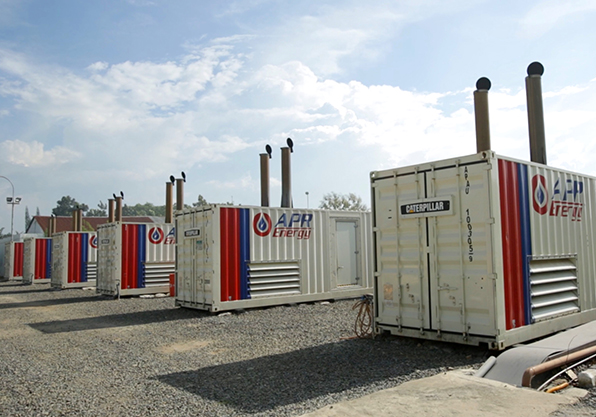Challenges
- Geography ranging from limited available landmass to vast and rugged jungle terrain
- Rising cost of fuel for power generation
- Need for fuel efficiency to reduce overall cost of providing electricity
Background
In early 2013, PLN, the state-owned electricity corporation of Indonesia, required a 20MW fast-track power solution for the island of Nias, a booming tourism destination. A key requirement was fuel efficiency to help balance the rising cost of fuel – the largest factor in the overall cost of power generation.
Solution
As a result of its rapid installation capabilities, fuel-efficient technology and global experience, APR Energy was awarded the Nias contract. With the youngest fleet in the industry, APR Energy deployed state-of-the-art diesel power modules that consume less fuel and provide greater output of power to support PLN’s need for cost reduction, while offering added reliability and increased emissions control. Following the successful installation of the turnkey plant in Nias, APR Energy was awarded an additional 45MW in Padang, West Sumatra, as well as 30MW and 45MW plants in Medan, bringing APR Energy’s total footprint in the country to 130MW.
Outcome
APR Energy’s diesel power modules provided PLN with reliable performance and fuel-efficient technology, resulting in substantial fuel savings. The lower Specific Fuel Consumption generated by APR Energy’s equipment immediately enabled PLN to reduce its fuel costs by 8-15 percent. Because it makes it a priority to hire and train as many local employees as possible, APR Energy employed more than 90 local workers to help install, maintain and operate four power plants during the three-year project in Indonesia.

